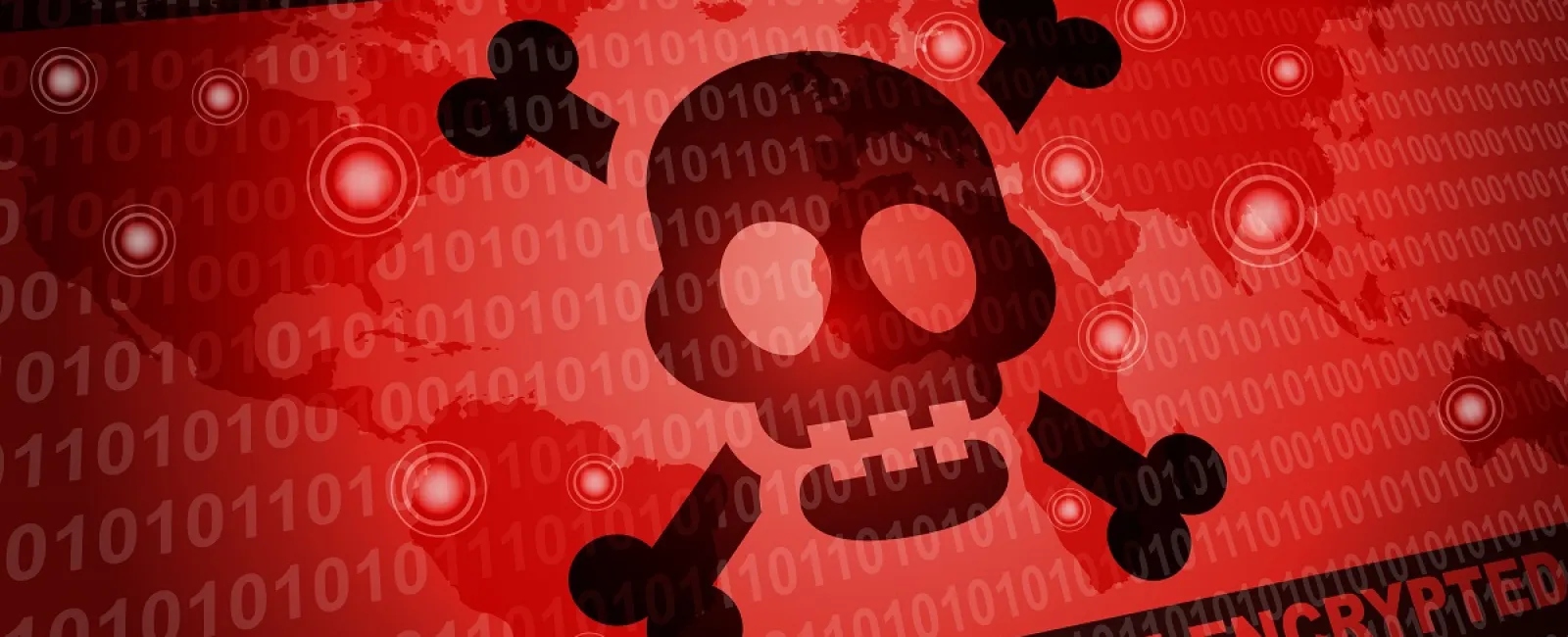May 23, 2022
Have you heard the joke about the cybercriminals who escaped the scene of the crime?
They ransomware.
It’s a topic that has dominated headlines with high-profile attacks demonstrating how cybercrime has evolved in recent years. Ransomware attacks encrypt the information on computers and servers, eliminating an organizations’ ability to access its systems. The bad actors (aka bad guys, state actors, criminals, pirates) perpetrating these attacks then send a message that they’ll gladly release their blockade when a ransom is paid (usually in Bitcoin) – hence the term “ransomware.”
These attacks are increasing in sophistication and frequency at an alarming rate.
Cybercriminals and state actors with access to sophisticated, quickly evolving technology have become more capable of and interested in targeting organizations of all sizes. Firewall and antivirus protection are no longer enough to evade an attack, leaving organizations that don’t have robust security teams vulnerable to an incident.
The Cost of No Protection
Organizations might assume that a cyber breach will cost less than adding more cybersecurity, but that is not the case. There is no single, one-size-fits-all solution to the growing threat of ransomware; organizations must consider multiple layers of protection.
Unfortunately, most organizations do not have security teams in place to manage a stack of solutions, so often they implement only what they can manage, which might be only 2 or 3 layers of protection. That’s not close to enough protection to stay protected from these advanced attacks. Partnering with a professional Managed Service Provider will enhance the ability to provide the most complete solutions today and in the future.
Candidly, the cost of trying to prevent ransomware attacks is far exceeded by the cost of a potential attack and goes beyond just paying the ransom. In fact, the average cost of a ransomware attack is $4.62 million per incident, which would be financially crippling to any organization. In addition to the ransom itself, the cost of a ransomware attack can include downtime to daily business, loss of intellectual property, and data theft.
Risk of the Ransom Payout
Still, paying the ransom to criminals isn’t as simple as it may sound since it is against U.S. law to pay terrorists, and paying it doesn’t guarantee the criminal will completely restore that data. Often, decryption keys don’t work or are tremendously slow, increasing downtime. Other options like rebuilding the network can also be devastating to a business from a time perspective, especially if backups are compromised.
Organizations without a comprehensive cybersecurity program to prevent ransomware attacks face increased risk in a few areas.
If you experience a cyber incident, you will need to report it to others – for example, customers concerned about how they are affected or governments depending on specific state reporting laws.
You may also incur compliance fines (HIPAA is one example of health information) depending on the industry.
No matter the industry or location of an organization, you may lose business during the downtime caused by a ransomware attack as customers will need to continue their operations and could be forced to take their business elsewhere.
Comprehensive Approach Leads to Prevention
Because there is no one solution to ransomware, a comprehensive approach that combines proactive and reactive strategies is crucial to help evade a potential attack. There is no 100% perfect security, but with the right cybersecurity program in place, an organization can mitigate the impact and be prepared to get their business back up and running quicker.
